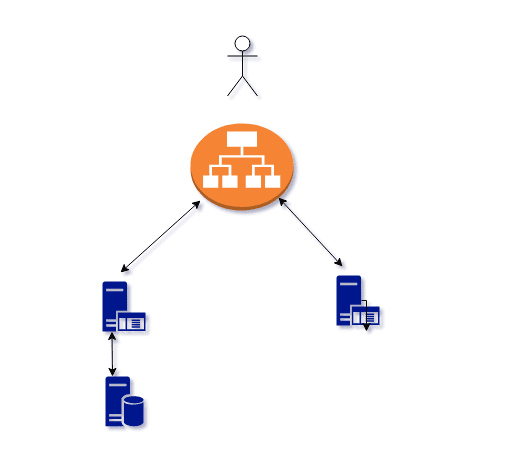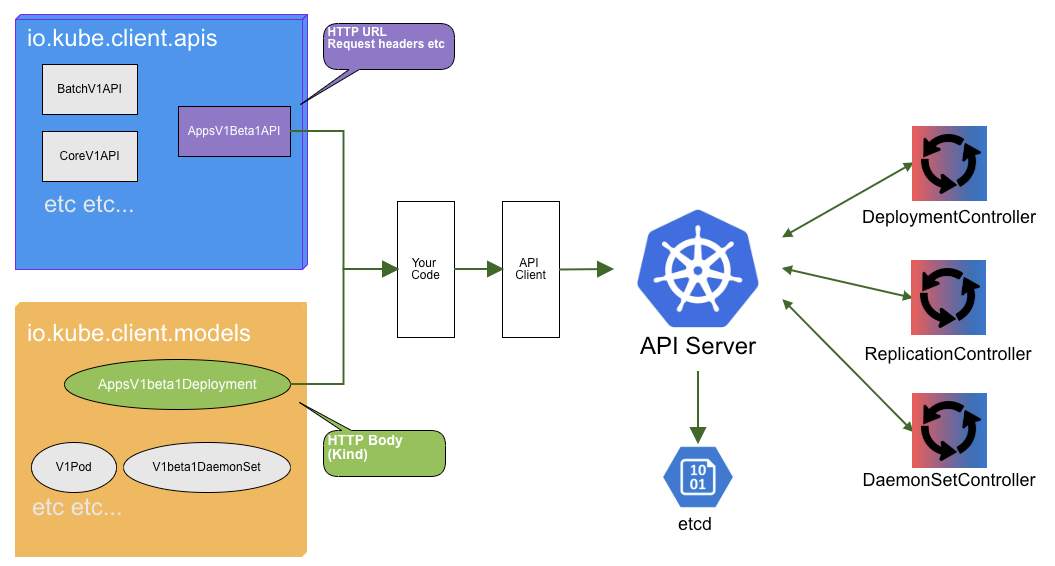

kubectl apply -f postgres-secrets.yaml -n database
What is kubernetes statefulset password#
Please change the password with a secure password of your own. Save the following manifest as postgres-secrets.yaml. You can refer to hashicorp vault setup guide on Kubernetes to understand more. Note: In production use cases, a secrets management solution like hashicorp vault will be used to store and retrive secrets. We will use Secrets to mount our desired passwords to the containers. They are like ConfigMaps with the difference that data is store in a base 64 encoded format.įor the security of our PostgreSQL cluster, it is wise to restrict access to the database with a password. Secrets in Kubernetes are the objects used for supplying sensitive information to containers. kubectl apply -f postgres-headless-svc.yaml -n database Create PostgresSQL Server Secrets Save the following manifest as postgres-headless-svc.yaml. In the case of Postgres servers, we require a headless service because it is a requirement for the PostgresSQL statefulset. Also, normal services are assigned IPs by Kubernetes whereas Headless services are not. Headless services don’t act like load balancers. Normal Kubernetes services act as load balancers and follow round-robin logic to distribute loads. There are two types of ClusterIP services Services of type ClusterIP are usually used for inter-pod communication. Services in Kubernetes are the objects that pods use to communicate with each other. After reading the high availability section, the above points would become clear and make much more sense.īe sure to go through the script and revisit the points. atleast one master with write capabilities should exist.Ĭonfusing? Don’t worry.
This is done to ensure high availabiliy i.e. In case the master is getting stopped – the script delays the stoppage of the pod until a previous follower gets promoted to master. The script first checks what type of component is getting stopped i.e. It’s important to understand what the script is trying to do. Info "Standby node doesn't need to wait, leaving the cluster."Ĭreate the configmap kubectl apply -f postgres-configmap.yaml -n database Info "Primary node need to wait for a new primary node before leaving the cluster" Save the following manifest as postgres-configmap.yaml apiVersion: v1Ĭurrenty_primary_node="$(repmgr_get_primary_node)"Ĭurrenty_primary_host="$(echo $currenty_primary_node | awk '')" We will mount this script into the pod using config maps. Postgres requires a script ( pre-stop.sh) to be run whenever it is about to be stopped. This feature is extremely helpful in cases where configurations have to be modified or created through files. Creating Postgres Server ConfigMapsĪ ConfigMaps in Kubernetes lets us mount files on containers without the need to make changes to the Dockerfile or rebuilding the container image. If you don’t specify the namespace, it gets deployed in the default namespace. So we will add the namespace while deploying each component. The manifest files do not have the namespace added to them. To deploy the PostgreSQL cluster, we will create a dedicated namespace named database. High Level Architecture Create a Namespace So a natural fit for beginners.Ībove all, as a beginner – we should focus on understanding kubernetes components and avoid getting off our goal due to installing dozens of packages, finding documentation, etc.īitnami does just that for us. Bitnami images are very well documented, you’ll find a satisfactory explaination of each and every environment variable being used by the bitnami image. This helps us save time and overcome any problems we may face with newer versions or patches. Bitnami images are well tested and validated before being released. This lets us maintain our focus can understanding and becoming familiar with Kubernetes side of things in depth. Bitnami images are shipped with necessary components pre-installed. There are certain advantages you can get as a beginner by using a Bitnami image. This tutorial has used Bitnami docker images, this has been done intentionally. If you wish to deploy the components in one go, cd into each directory and execute the following. We have categorized the manifest into three folders named client, pgpool and postgresql as shown below. If you have trouble copying the manifests from the article, please clone and refer to the manifests directly. 
We have explained all the manifests required for PostgreSQL on Kubernetes. Clone the repository for reference and implementation.

Connect to PostgreSQL Cluster From ClientĪll the Kubernetes YAML manifests used in this guide are hosted on Github.PostgreSQL Cluster Kubernetes Manifests.







 0 kommentar(er)
0 kommentar(er)
